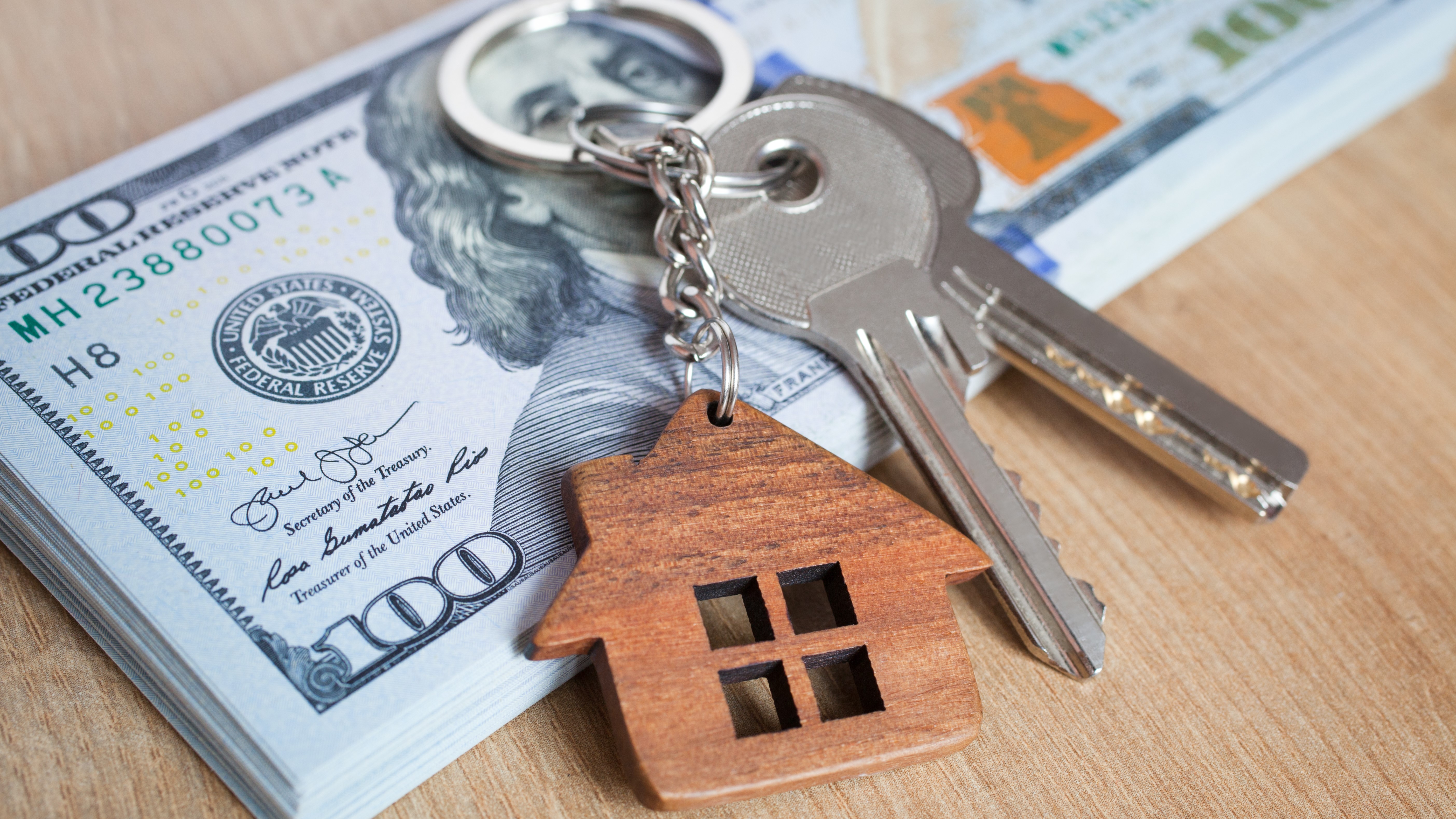What is mortgage LTV and why is it important?
If you're considering a mortgage, you'll know the term LTV (or loan-to-value ratio)... but why does it matter so much?

If you’re looking to get that all-important first mortgage – or perhaps refinance an existing one – knowing where you stand when it comes to loan-to-value (LTV) is vital. But just what is mortgage LTV, and why is it so important?
The LTV of a mortgage refers to the amount you’re borrowing in relation to the value of the property. It’s expressed as a percentage figure and is directly related to the amount you’re able to put as a down payment (or, in the case of a refinance mortgage, the amount you have in equity). The higher the LTV, the higher risk you’re deemed to be, because the lender faces a greater loss should you be unable to repay the loan.
For example, if you had 30% of the value of the property to put as a down payment, you’d need to take out a mortgage loan of 70% to cover the rest. The LTV is therefore 70%. You can work it out by using the following calculation:
(Amount borrowed ÷ Value of asset) x 100 = LTV
As you repay the loan, the LTV will reduce, because you’ll gradually own more of the property outright and will owe less on your mortgage. This can have a significant impact on your mortgage rate and subsequent repayments, with the LTV having a direct impact on the amount you have to pay.
Why is LTV important?

The LTV is important because it indicates to lenders how much risk they’ll be taking on, and as such, how high the interest rate will be. While there are several factors that go into how mortgage interest is calculated – including your income, credit score, prevailing market conditions, whether you’re using mortgage points and the term of the loan – it’s your down payment and, subsequently, your LTV, that will arguably be the most important of all.
This is because most lenders operate risk-based pricing, and will apply higher interest rates to the loans they deem to be the most risky. Given that loans with a higher LTV are typically seen as higher risk, it follows that they’ll come with a higher interest rate. This, really, is why LTV is so important, at least where your budget is concerned – if you have a higher LTV, your loan rate and therefore your repayments will be higher, with lower LTVs typically equating to lower interest rates.
Sign up to receive the latest news, reviews, buying guides and deals direct to your inbox
Related to this is the issue of mortgage insurance. Private mortgage insurance, or PMI, is typically required on all conventional loans with an LTV of 80% or above, which can add a significant chunk to your monthly outgoings – and can add up to thousands of dollars over the term of a loan, particularly if it takes several years to hit that magic 80% mark. This form of insurance is there to repay the mortgage if you can’t, and essentially covers the lender against any potential losses should you fail to keep up with your end of the credit agreement. The link between it and the LTV of your mortgage is undeniable.
While the LTV will be of most importance to lenders when you’re initially taking out the mortgage credit, it can matter throughout the life of the loan as well, particularly if you’re thinking of refinancing and/or want to look for ways to reduce your interest rate.

What is a 'good' LTV?
A good LTV is typically seen as being 80% or lower. This is the level where lenders begin to view you as lower risk – crucially, it’s also the point at which mortgage insurance can be canceled – and interest rates will typically be lower as a result. For this reason, it’s often advisable for borrowers to get to this level as quickly as possible, as it’s when mortgage borrowing becomes a lot more affordable. The ideal scenario would be to have a low LTV combined with a high credit score, which is when the very best mortgage deals become available to borrowers.
Yet your combined loan-to-value (CLTV) could also come into it. This ratio includes all secured loans on the property when making the LTV calculation, not just the primary mortgage, and so includes any second mortgages, home equity loans or lines of credit as well. Ideally, you’ll still want to keep the CLTV as low as possible in order to benefit from the best rates, though most lenders will still offer mortgages to those with CLTVs above 80%, provided the borrower has a high credit score, too (if yours has got room for improvement, now could be the time to consider credit repair).
How can I lower my LTV?

Aside from making a larger down payment and/or choosing a more affordable property at the outset, the best way to lower your LTV is to pay off more of your mortgage balance. This can be achieved either by sticking to your monthly repayment schedule – which over time will see you increase your level of equity and reduce the amount you owe – or by overpaying, if your mortgage agreement and budget allow.
Yet you could also benefit from house price rises. If it’s been several years since you took out your mortgage loan and house prices have been rising in your area, you may want to consider getting a reappraisal to see what your property is now worth. If it’s risen in value, your level of equity would have increased and therefore your LTV would be lower, which could really pay off if you’re considering refinancing.
Leanne has been writing professionally for well over a decade, with the majority of that time spent at a financial publishing company where she wrote countless articles across the personal finance space. Now freelancing, she still predominantly writes about finance, with bylines in both national and trade publications. In her spare time Leanne likes to read, catch up on Netflix and sleep, though her toddler rarely allows such things.

